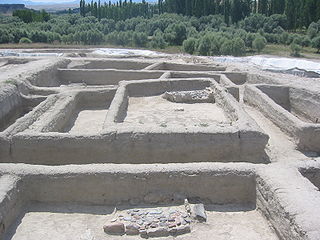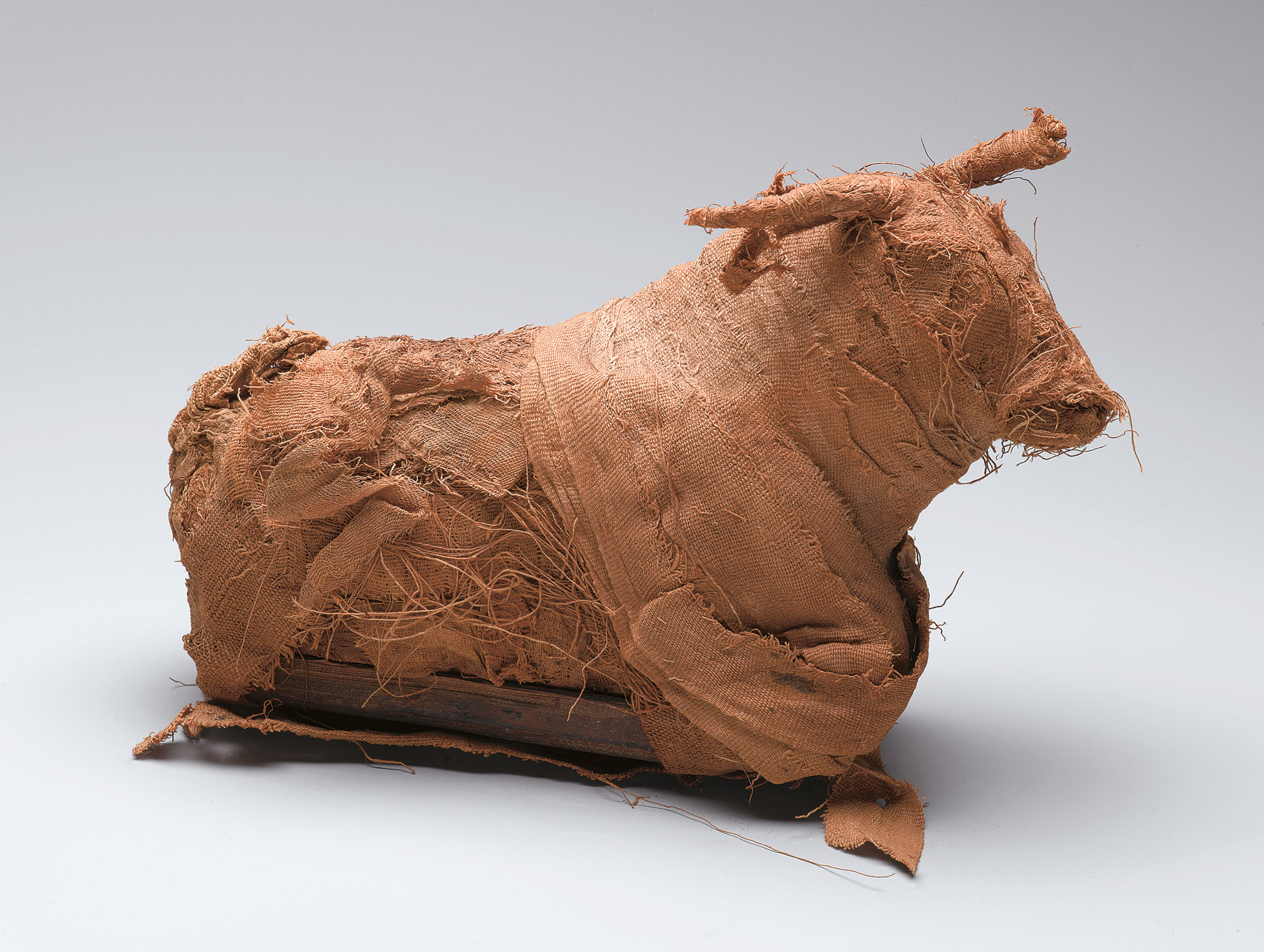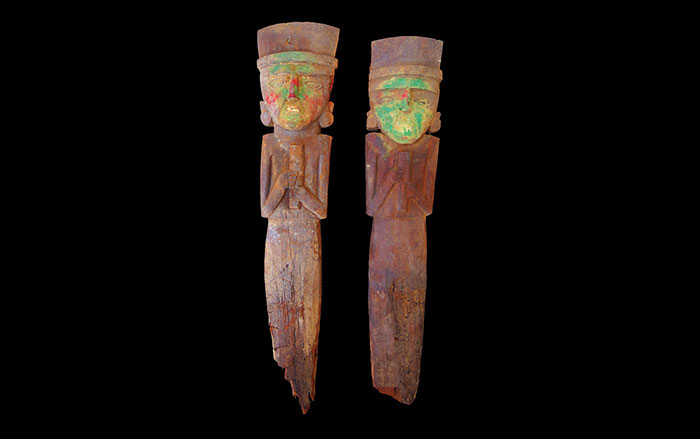
TUSCSON, ARIZONA—Science Now reports that the site of Aşıklı Höyük, located along the Melendiz River in central Turkey, is offering archaeologists new insight into the transition from hunting and gathering to farming and herding between 9,500 and 10,500 years ago. Earlier layers of the settlement contain botanical remains related to the cultivation of cereals, lentils, and nuts, and the bones of a wide variety of wild animals. But, according to zooarchaeologist Mary Stiner of the University of Arizona, by 10,200 years ago, fewer wild animal bones and more sheep bones are found. By 9,500 years ago, nearly 90 percent of the bones unearthed at the site were coming from sheep. And, the ages and sex patterns of the bones, even though they still resembled the bones of wild sheep, suggest that they came from a managed herd. Dung deposits from the stabled sheep were discovered between the houses of the settlement. Stiner and her team suggest that the wild sheep were probably less aggressive than other animals and so early farmers kept them in the village as a matter of convenience.










